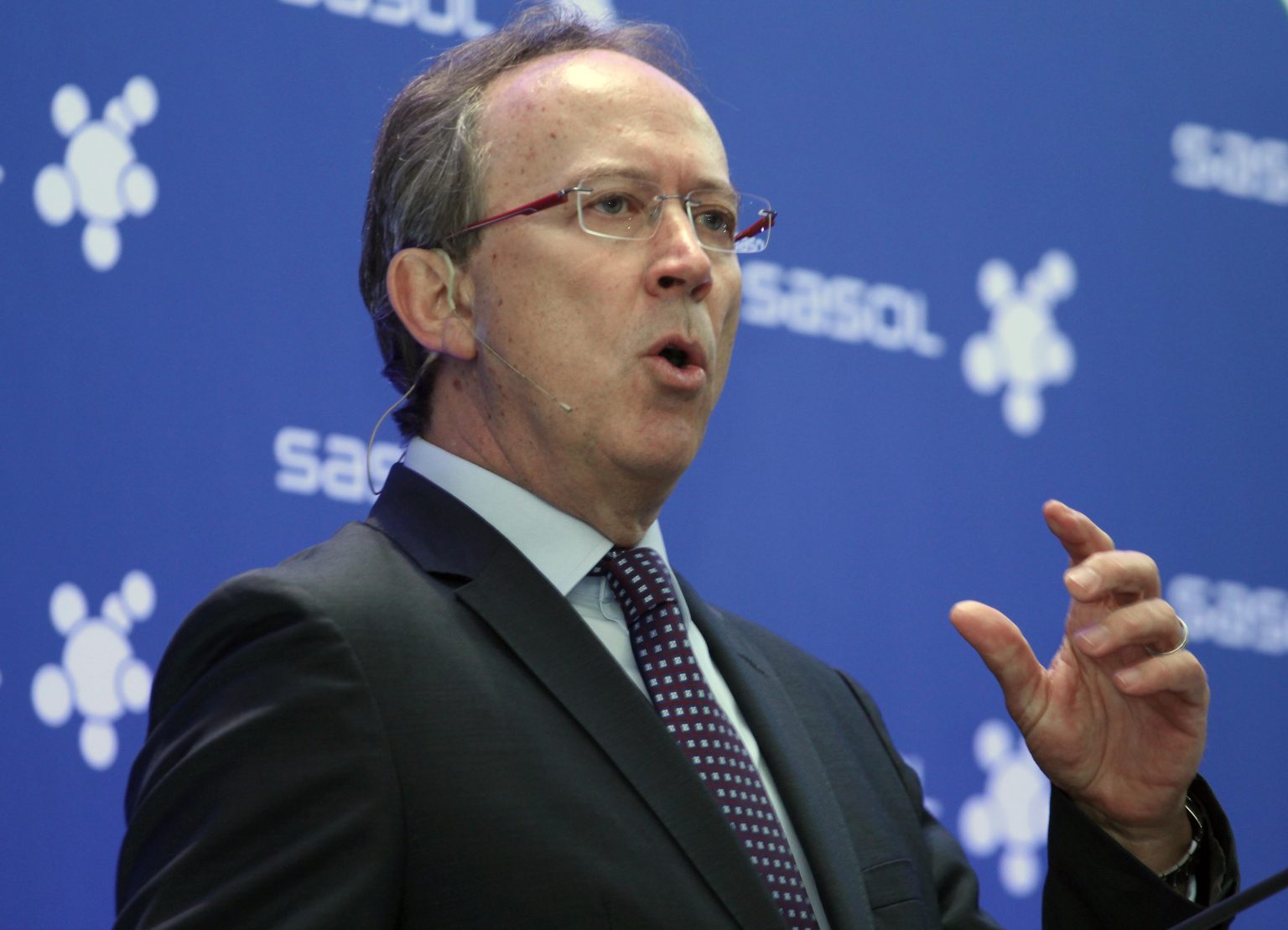‘Clear signs of recovery’ – Sasol CEO

Sasol posted strong operational results for the first half of its 2022 financial year on Monday, with adjusted earnings before interest, tax, depreciation and amortisation (adjusted Ebitda) increasing 71% to R31.8 billion and cash flow from operations increasing by 60% to R27.9 billion.
However, the petro-chemicals giant is still holding on to its interim dividends due to market uncertainty. The move saw its share price weakening over 2.5% in morning trade (around R320.67 a share).
Management uses the adjusted Ebitda figure to gauge the underlying operational performance of the group by excluding certain financial flows such as share-based payments, remeasurement items, change in discount rates of environmental provisions and unrealised translation gains and losses on derivatives and hedging activities.
Although not a defined term under international accounting standards, management says that it is a useful measure of the Sasol’s underlying cash flow performance.
The real accounting numbers show an increase of 2% in Editda and a similar increase in headline earnings per share.
Sasol CEO Fleetwood Grobler says in his commentary to the results that the past two years have seen businesses faced with significant social, business and macroeconomic challenges as a result of the Covid-19 pandemic globally.
“Despite the current risks and uncertainty playing out, there are clear signs of recovery to pre-pandemic levels,” he however adds.
“Sasol has benefited from this recovery, and our first-half financial performance has been underpinned by a favourable macroeconomic environment, with higher product prices and stronger demand.”
Higher oil and chemical prices, coupled with strong cost and capital expenditure, improved profit margins overall in the six months to end December 31 2021.
Higher oil prices but lower volumes
Sasol notes that the average oil price was 76% higher at $76.63 per barrel compared with $43.62 in the comparable six months of the previous year. Unfortunately, lower coal production in SA and lower liquid fuel volumes reduced the effect of the better fortunes.
Production at Sasol’s own coal mines reduced due to safety incidents, adverse weather conditions and a slower than expected ramp-up of the new full calendar operations integrated shift system that was introduced a few months ago.
As a consequence, Sasol had to buy in more (expensive) coal, but still the reduced coal volumes necessitated the Secunda plant to reduce synfuel output.
The strengthening of the rand also took a slice of the cake as far as SA investors are concerned. The rand improved to an average of R15.03 per dollar during the period, compared with R16.26 in the comparative half-year.
Improved balance sheet
The outstanding feature of the results was the big improvement in the balance sheet. The finalisation of some of the asset sales and the strong cash flow reduced long-term debt by some R36 billion, although short-term debt increased by around half this amount.
Sasol’s cash-flow statement shows that it paid another R7 billion towards debt in total.
“Balance sheet strengthening continues with net debt to Ebitda of 1.3 times and gearing reduced to 59.1% from 61.5% at 30 June 2021,” says Grobler.
The debt ratio is well within bankers’ covenant of 3 times, while investors can recall that Sasol had to ask for temporary relief of the 3 times covenant not too long ago.
Grobler notes that Sasol had enough liquidity as at December 31 2021, with R91 billion ($5.7 billion) available. This is well above the aim to maintain liquidity in excess of $1 billion.
Management reiterated that it will continue to reduce debt. “We will repay the outstanding debt on the commercial paper [R2.2 billion] and a $1 billion bond [R16 billion] in August 2022 and November 2022 respectively,” says Grobler.
No dividends
As such, Sasol is still not paying a dividend.
“The restoration of dividends is a key priority. However, in the context of the high level of macroeconomic uncertainty the board believes it is prudent not to declare an interim dividend at this stage,” Grobler says.
This is in line with the capital allocation framework and dividend triggers which were communicated to shareholders in September 2021, the group points out.

